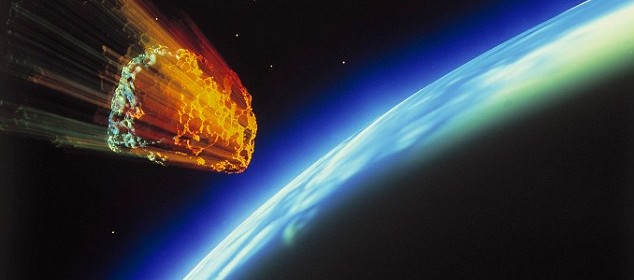Gold’s cosmic origins

All the gold on Earth was forged in the collisions of massively dense stars billions of years ago. Astronomers have come to this conclusion after observing and analyzing the afterglow of a crash between two neutron stars in a galaxy 3.9 billion light-years away that yielded a hoard of gold likely equal to the mass of 20 Earths. “At today’s prices, that amount of gold would be worth $10 octillion,” Harvard professor of astronomy Edo Berger tells USA Today. After the Big Bang, the universe contained only hydrogen, helium, and lithium; later, elements like carbon and oxygen were spewed out of exploding stars called supernovas. But supernovas never appeared to have enough energy to produce heavier elements, like gold, platinum, and lead. Now, researchers think smashups of neutron stars—the collapsed cores of giant stars—create those metals, which likely traveled to Earth billions of years ago on meteors. “The gold in jewelry that people are wearing is the result of one of the most violent explosions in the universe,” says astrophysicist Stephan Rosswog of Jacobs University in Germany. Unfortunately, the collisions— which University of California, Berkeley, astrophysicist Daniel Kasen suggests calling “blingnovas”—only happen in our galaxy every 100,000 years.

 Print
Print